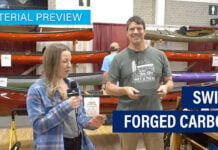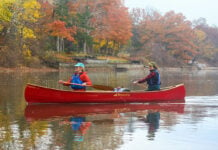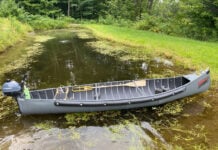It started out a bit like an online date. I was looking for a speedy, stable and competitive canoe. About 18 feet long, not too curvy.
“Sounds like you’ll want a Clipper Jensen,” Yukon River Quest organizer Valerie Ross told me over the phone. “But we only have one left in our rental fleet, so you’ll need to act fast.”
Clipper Canoes
Jensen 18Length: 18’
Width: 33”
Center Depth: 13”
Weight: 59 lbs
Fly across the country to paddle for three days straight in a canoe that I’d never sat in before— what could possibly go wrong? I Googled for an image of the boat.
“Let me give you my credit card number,” I told Valerie.
Perhaps also like online dating, when we arrived in Whitehorse, Yukon, to compete in the longest annual canoe and kayak race in the world and finally met our canoe just hours before the start, I wasn’t sure what to think. In person, the boat’s 18-foot length and 13-inch depth was unfamiliar—both longer and shallower than the trippers I usually paddle. Yet, with those long lines and virtually no rocker, I could tell that the Jensen was a canoe that would paddle fast and track true.
Designed by marathon canoeing revolutionary Eugene Jensen (father of the bent shaft paddle and many modern race designs), Clipper Canoes began manufacturing Jensen models in their Abbotsford, British Columbia, shop back in 1980. While Clipper has since added bells and whistles like foam thigh pads and wood trim options, the hull design itself has barely changed.
With a reputation for being fast under load and stable in non-technical whitewater, it’s no wonder that a decade ago the Yukon River Quest’s organizing committee opted to outfit their small rental fleet primarily with Jensen 18s. The design remains a favorite in many race circles on the West Coast and in the northern U.S.
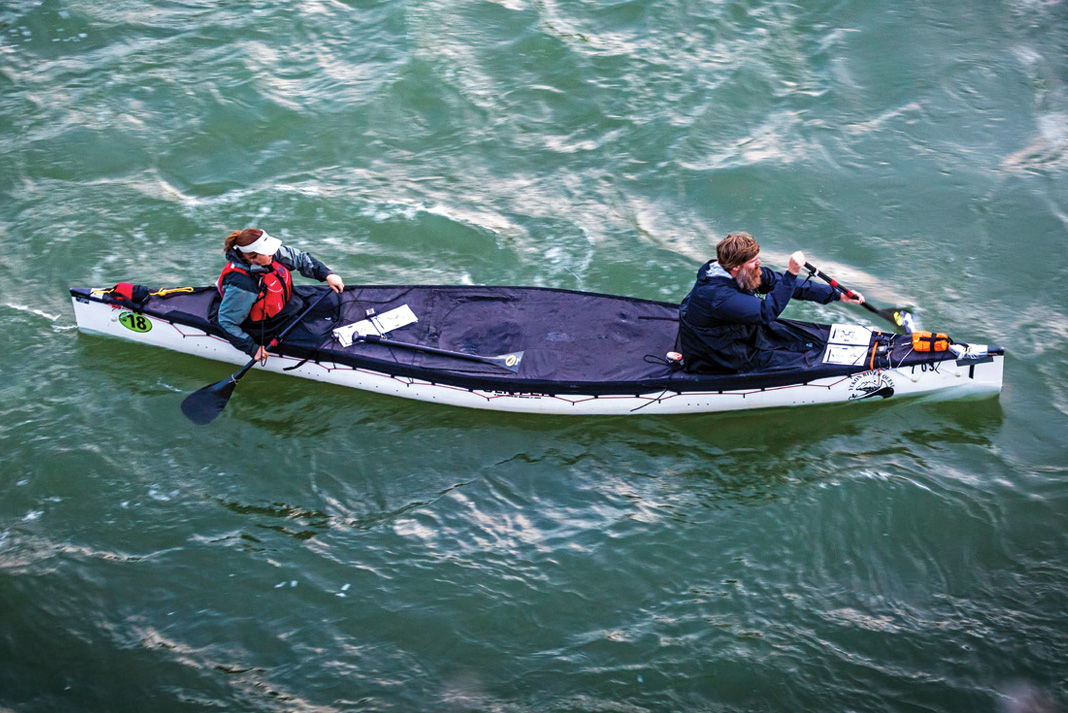
Meeting the requirements of the stock category in many races, few canoes of its class are faster. However, part of the appeal of the Jensen 18 is its versatility. It’s speedy and competitive, yet also easily manageable for weekend touring and day cruising. Just try to take the kids fishing in a temperamental pro racer like a Jensen-inspired V-1.
Despite a dozen seasons of use in the YRQ, our sleek Jensen was still a looker—inside and out the hull appeared brand new, a tip of the hat to Clipper’s durable fiberglass with foam core lay-up, and Kevlar-reinforced bow and stern.
For three glorious days we paddled the Jensen 18 almost non-stop under the midnight sun on our way to Dawson, 715 kilometers north. Thanks to its shallow-arch hull, the Jensen 18 offered barely a wobble during hurried layer changes, She-Wee mishaps and the occasional unintentional micro-nap.
My biggest worry on the river was Five Finger Rapids. Though a relaxed class II to III rapid in any whitewater hull, as we approached the roaring wave train in our shallow fiberglass rocket I had my doubts about our safe passage. Almost every year boats capsize and racers often scratch after the frigid swim.
Instead of up and over, we barreled right on through the waves. The first broke hard against my chest, the second merely crashed off the spray deck. Race organizers were only too pleased to later share far hairier experiences, spinning yarns of paddling wind-frothed lakes with well over six-foot-high swells. I believe them when they say the Jensen 18 can handle it with ease, I’m just not sure my nerves would.
After three days in the bucket seat, I felt like the Jensen 18 and I had been a team forever. What does my tripper back home look like? It might have been the lack of sleep talking, but I couldn’t even remember.
Seventy-nine hours after we left Whitehorse we arrived at Dawson in 39th place—it turns out it takes more than a speedy boat to win. My top concerns at the finish line were: cheeseburger, shower and sleep, in that order.
Still, I took a quiet moment to say a quick goodbye to the Jensen 18 on the Yukon River’s shore. “I’ll be back,” I said. I can’t wait for our second date. —KP
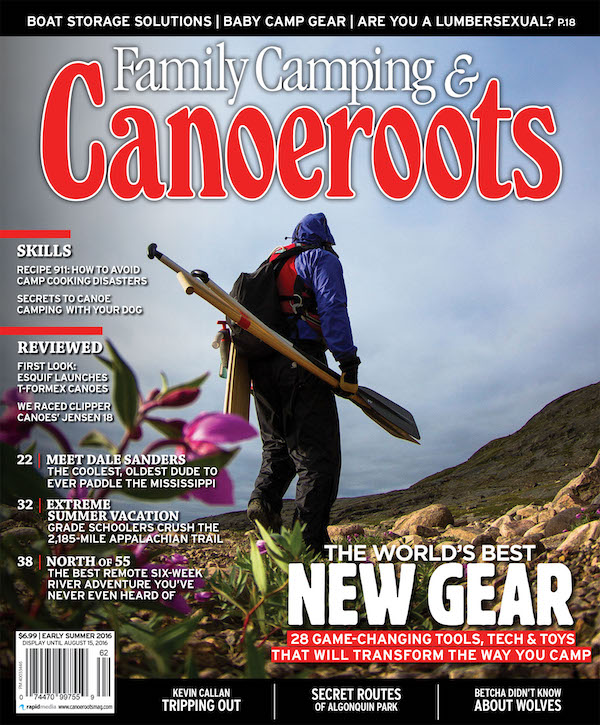 This article originally appeared in the Canoeroots Early Summer 2016 issue.
This article originally appeared in the Canoeroots Early Summer 2016 issue.
Subscribe to Paddling Magazine and get 25 years of digital magazine archives including our legacy titles: Rapid, Adventure Kayak and Canoeroots.




